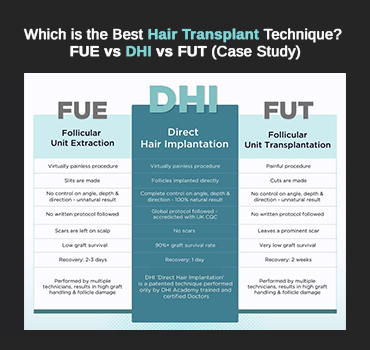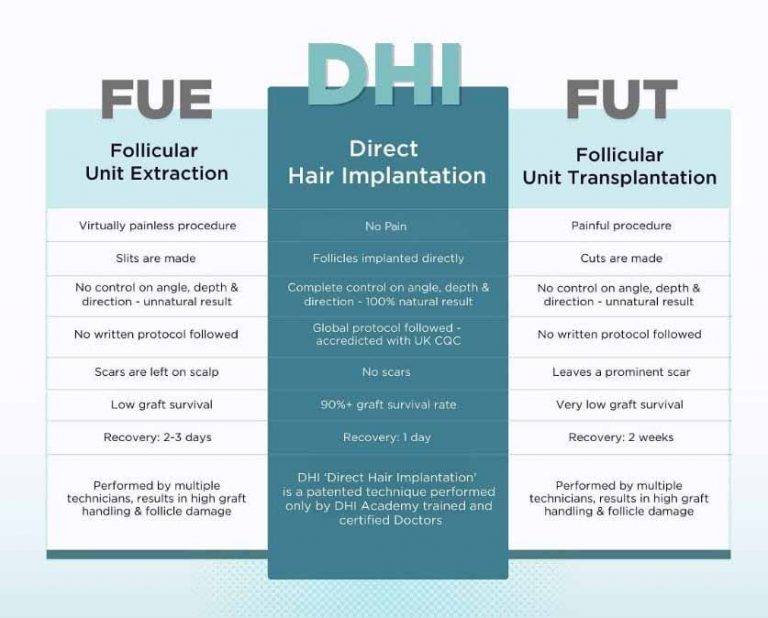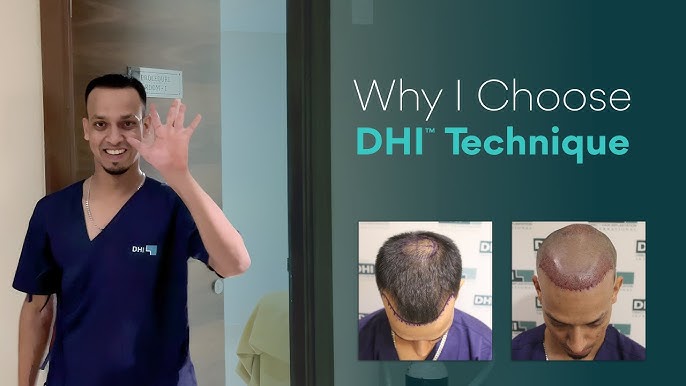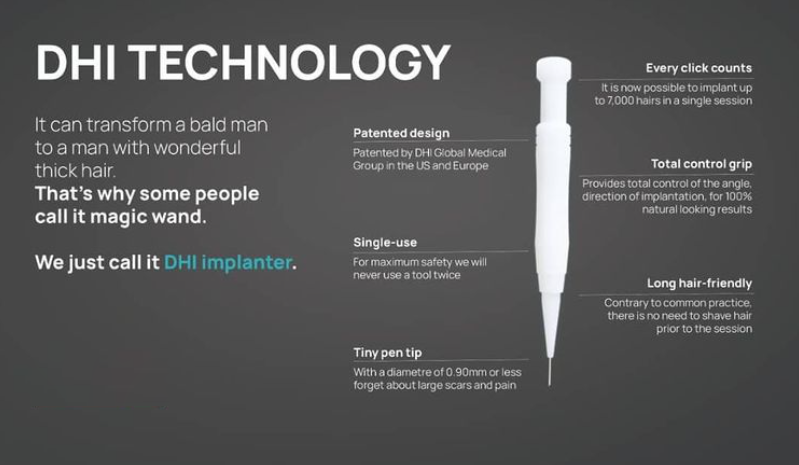Which is the Best Hair Transplant Technique? – FUE vs DHI vs FUT

Hair plays a major role in shaping your appearance. Just like the clothes you wear, they affect how you present yourself to the world. When hair loss starts creeping in, it often leads to a noticeable dip in self-confidence, making even everyday grooming feel limiting. For many, the change can feel more than just skin deep.
If you’re dealing with hair loss, it’s important to know your options before choosing a treatment. While there are plenty of remedies and over-the-counter products promising results, surgical hair restoration is one of the most reliable options out there. Among the various hair transplant techniques, the three leading ones are: FUE, FUT, and DHI™. While they all aim to restore a fuller head of hair, each comes with its method, recovery, and outcome. Let’s break them down to help you decide what’s best for you.
FUE vs FUT vs DHI – A Closer Look at the Techniques

Follicular Unit Extraction (FUE)
FUE is one of the most commonly used hair transplantation techniques and is often preferred for covering extensive bald areas. It’s a minimally invasive procedure that leaves behind small scars. The process is considered safe and typically associated with a high success rate. It does, however, take longer to complete than alternative techniques. Patients typically start to observe healing within a few weeks. Noticeable hair growth tends to appear between 12 to 15 months after the procedure.
Treatment Procedure
The first step in an FUE hair transplant involves selecting and trimming the donor area, which is genetically resistant to hair loss. Hair follicles are then extracted individually using medical punch tools. Each follicular unit usually contains 1 to 4 hair strands. These are then used for the transplantation. Incisions are made in the recipient area before graft placement for precise restoration and coverage.
Follicular Unit Transplantation (FUT)

Of the three transplant techniques, FUT is the most conventional and usually the least expensive. However, it’s less advanced than FUE or DHITM. One of the major drawbacks of FUT is the linear scar it leaves behind. These scars might fade away when hair grows out after some time. Although the procedure is still in use, its overall success rate tends to be lower compared to the more modern techniques.
Treatment Procedure
In FUT, instead of extracting individual hair follicles, an entire strip of skin with hair follicles is surgically removed from the donor area. This strip is then dissected under a microscope into individual hair follicular units. Before implantation, small incisions are made in the recipient area using a fine blade. The follicular units are then placed precisely to ensure a natural look.
Direct Hair Implantation or DHITM
Regarded as one of the most advanced methods in India and performed in over 45 countries, Direct Hair Implantation is a patented technique known for its precision and natural-looking results. While it shares similarities with FUE in terms of extracting follicles one by one from the donor area, DHI™ hair transplantation takes it a step further. Grafts are placed into the scalp immediately using a specialized instrument, rather than being stored before implantation. This helps maintain the strength and viability of each follicle, supporting denser, permanent growth.
Treatment Procedure
Hair follicles, usually from the back of the head, are extracted using a micro punch tool and then carefully separated. Without making any incisions in the recipient area, each graft is then implanted. This is done using an implanter pen with a needle of 0.8 to 0.9 millimeters. This tool gives the surgeon better control over the depth and direction, which are key elements in designing a natural hairline with lasting results.
DHI vs FUE vs FUT – Comparison at a Glance
| DHI | FUE | FUT |
| Completely painless procedure | Virtually painless procedure | Painful procedure |
| No scarring | Minor scarring | Prominent scarring |
| Follicles are implanted directly | Slits are made | Cuts are made |
| Complete control over angle, depth & direction, ensuring natural results | Limited control; could potentially lead to unnatural results | Limited control; could possibly lead to unnatural results |
| More than 90% graft survival rate | Low graft survival rate | Very low graft survival rate |
| Following global protocols | No written protocols followed | No written protocols followed |
| 1 day recovery | Recovery in 2 to 3 days | Recovery in 2 weeks |
Choosing the Ideal Hair Transplantation Technique

When comparing all three techniques, DHI™ clearly stands out for its precision and long-term results. Unlike FUE and FUT, the DHI™ is a more customised approach that helps achieve a natural hairline tailored to your facial structure and preference. Its minimally invasive nature, along with the advanced implantation method, makes DHI™ a preferred option for many.
That said, the success of any hair transplant depends just as much on the clinic you choose. DHI™ is ranked No.1 in customer satisfaction by IMRB, with a 99% satisfaction rate. At DHI™ clinics, procedures are performed by certified surgeons, using single-use tools and strict hygiene protocols.
Book your consultation with DHI™ today and receive the best hair transplant in India.
